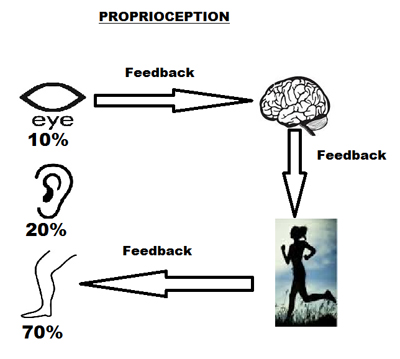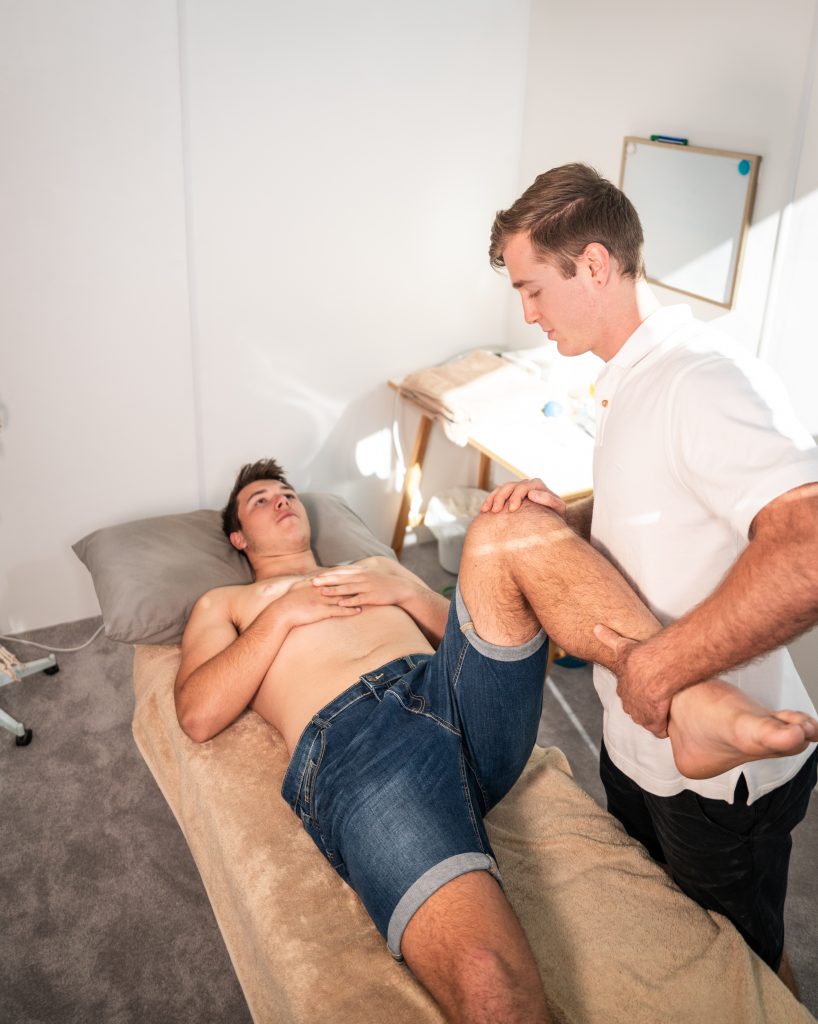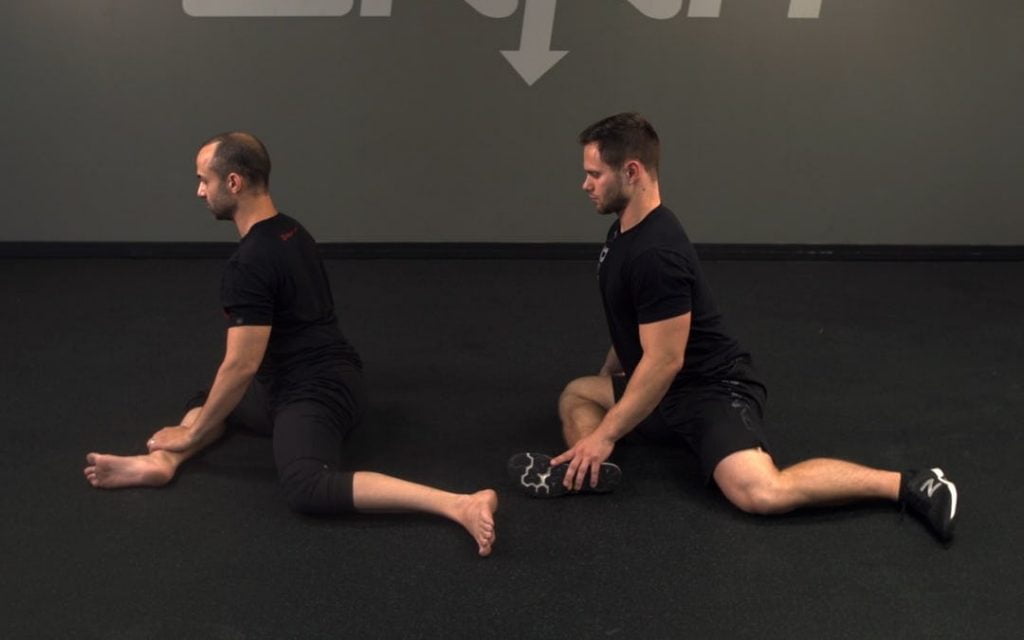Why Joints are the Most Important Tool for Sports and Movement

Anyone who’s familiar with sports and physical activity knows at least a bit about the importance of taking care of your muscles. And of course, they’re the ones responsible for your strength, your speed, and your flexibility, right? So yes, muscular training, conditioning, and recovery are integral to performing well physically.
However, to say that the role your joints have in physical performance is under-appreciated by most people, athletes included, is an understatement. If you don’t want to read anything further, just understand this; your muscles will only ever do what your joints allow them to do. So spending 100% of your effort on developing your muscular system is ALWAYS going to be some degree of an uphill battle if you’re not including your joints in the picture.
Proprioception
Your brain is always aware of where your body is in space. This comes from your eyes, your balance centres in your ears, but mostly from your joints and muscles. This is why you can hold two fingers up behind your back and know that you have two fingers up behind your back – you can’t see them, you’re not touching them, but you know. This is because your body is in constant communication with your brain, telling it exactly what position you’re in at all times.
These messages from body to brain come from your muscles and tendons, but also largely from your joints (ligament capsules). Your body relies on this information to both learn and coordinate movements. In cases where a joint has restricted mobility, isn’t in correct alignment (un-centrated), or has damage to the ligaments or joint surfaces, this feedback becomes compromised and inaccurate.
For anyone learning, developing, and refining any kind of movement, this is unbelievably important. Your body learns and improves through a trial and error process. Every time you perform a movement, your body receives and stores information about how it felt to move, and then judges that movement based on the feedback it gets (e.g. the dumbbell comes up easier, you kick the ball further, you jump higher). These positive outcomes reinforce the best way to move and perform, and with repetition, this is how your body gets better at working out what movement patterns make an effective movement overall. It’s this process that forms “muscle memory” and gives you access to quick, reflexive coordinated movements in sports and exercise. Without good proprioceptive information coming from the joint, this entire learning process becomes limited.

The Arthrokinetic Reflex
As soon as your body starts getting unreliable information from the joint, it immediately starts to limit how much power, explosiveness, and range it will allow your muscles to work with. This is simply because there is no longer the pre-requisite information available for your brain and nervous system to confidently assess it’s ability to perform a movement and know that it’s not going to risk injury. This decline in muscle strength and flexibility due to issues of joint feedback is called arthrokinetic inhibition and is part of a natural neurological mechanism we have in our bodies called the arthrokinetic reflex (arthro = joint, kinetic = movement).
Some people can overcome these barriers created by arthrokinetic inhibition by repetitively forcing movements e.g. forcing a deeper squat by compensating elsewhere when your hip joint and muscles are limiting the motion. This might not immediately cause an injury then and there, but sets you up for future breakdown and wear and tear much sooner. Regardless of your attitude to injury, this method is still always going to lead to subpar performance when you can’t access the joint range and refined muscle control that your movement wants.
The (very) good news is that the arthrokinetic reflex can be used to positively influence muscle performance too. Increasing the quality of feedback from your joints to your brain results in increases in muscle power, flexibility, contraction speed and reflexes, and accuracy of movement (e.g. catching, kicking, punching, balancing). Numerous studies have even shown immediate improvements in muscle strength after local joint adjustments or mobilisation (see example references 1,2,3).
See the video below for a quick demo on the arthrokinetic reflex changing muscle strength.
How do I improve my joint-brain-muscle connection?
Ways of improving this feedback include ensuring your joints are moving adequately and are centrated (aligned) correctly. This is done in clinic and at home using targeted adjustments, mobilisations, and specific mobility exercises. In cases where there are muscle imbalances, these can negatively impact the joint as well, so accurately identifying muscular relationships and treating tightness and weakness is an important part of optimising proprioceptive feedback as well.

General, controlled mobility and coordination exercises help with this too, but if your body is lacking in a specific area, it will always take the least path of resistance and compensate where it can to make up for an area that isn’t performing well. This can mean that people can often miss out on improving their worst, least mobile joints by just doing general, more global movements and exercises.

The best way to find out if you have any specific joints or muscles that are limiting your physical performance is to get yourself assessed by a good practitioner. Having someone with experience accurately diagnose your issues is the most effective way to know that the rehab and pre-hab you do is specific to you, so that the effort you put into improving your body in your own time is as efficient and meaningful as possible.
References:

